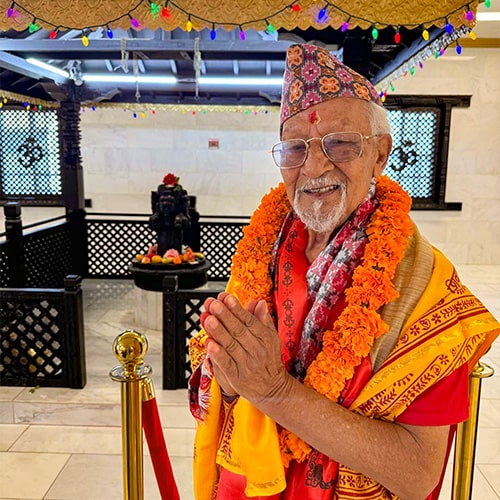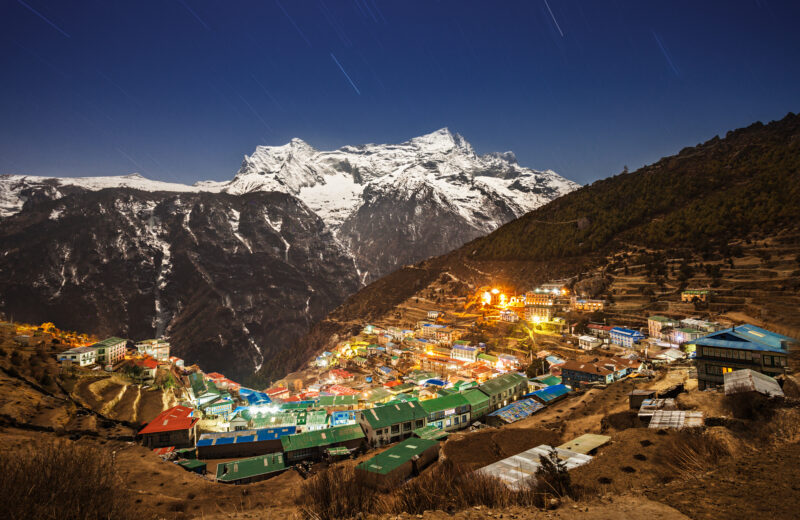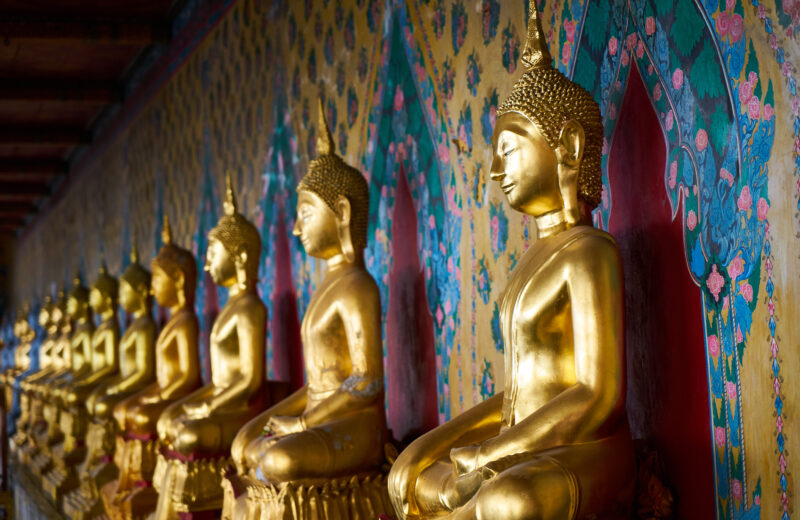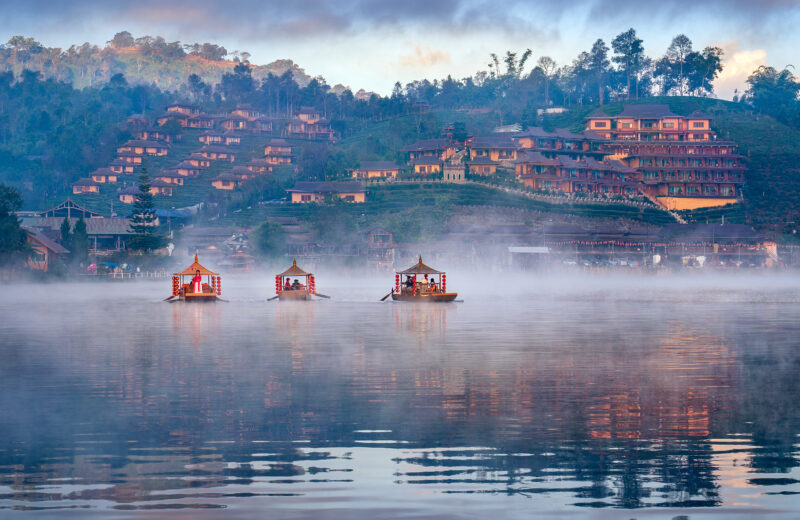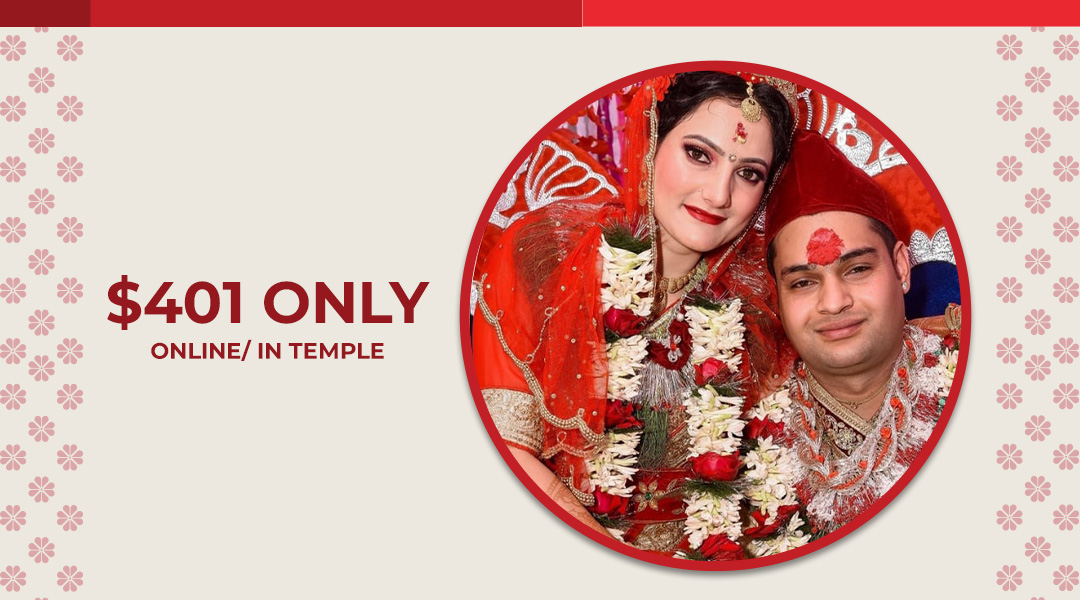
Wedding Ceremony: A Sacred Union
The wedding ceremony is a joyous and profound ritual that unites two souls in a sacred bond of love, commitment, and spiritual growth. In Hindu tradition, a wedding is not only a celebration of the couple’s union but also a harmonious merging of families and communities, grounded in ancient customs and divine blessings.
Significance of the Wedding Ceremony
The wedding ceremony symbolizes the union of two lives destined to complement each other, reinforcing familial ties and cultural heritage. It marks the beginning of a lifelong journey underpinned by dharma (righteous living), mutual respect, and the pursuit of shared spiritual values. Key rituals such as the exchange of garlands, the sacred fire ceremony (Agni), and the seven steps (Saptapadi) highlight the sacred promises and commitments that the couple makes to one another.
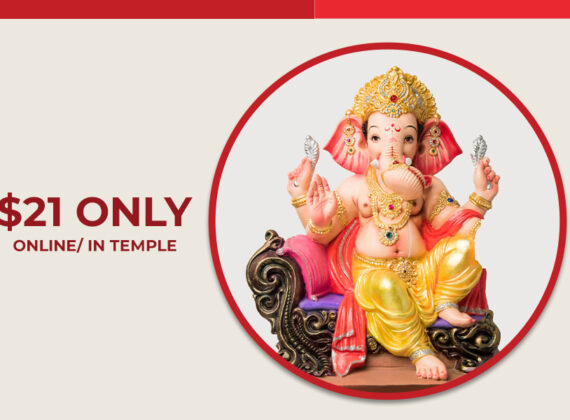
Archana Puja
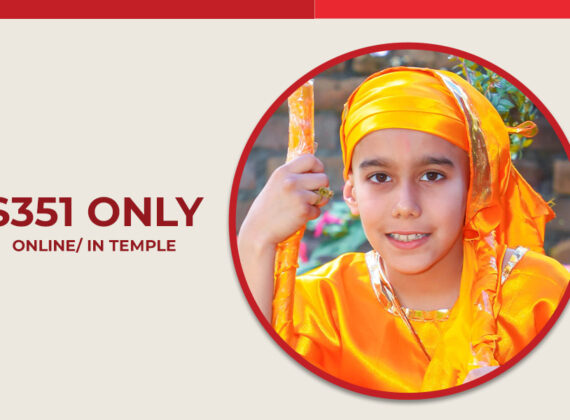
Bartabandha Puja
When is the Wedding Ceremony Performed?
Hindu weddings are typically held on an auspicious day, determined by astrological consultations and the Panchang (Hindu calendar). The timing of the ceremony is carefully chosen to ensure that the union is blessed with harmony, prosperity, and enduring happiness.
How is the Wedding Ceremony Performed?
A traditional Hindu wedding involves several stages:
- Pre-Wedding Rituals: Celebrations such as Mehendi (henna application), Sangeet (musical gatherings), and Haldi (turmeric ceremony) prepare the couple both spiritually and physically for the union.
- The Main Ceremony: This includes rituals like Kanyadaan (giving away of the bride), Jaimala (exchange of garlands), and the Saptapadi, where the couple takes seven sacred steps around the fire, each step symbolizing a vow to support and nurture each other.
- Post-Wedding Rituals: Ceremonies such as Vidaai (farewell of the bride) and subsequent receptions mark the beginning of a new chapter in the couple’s life together.
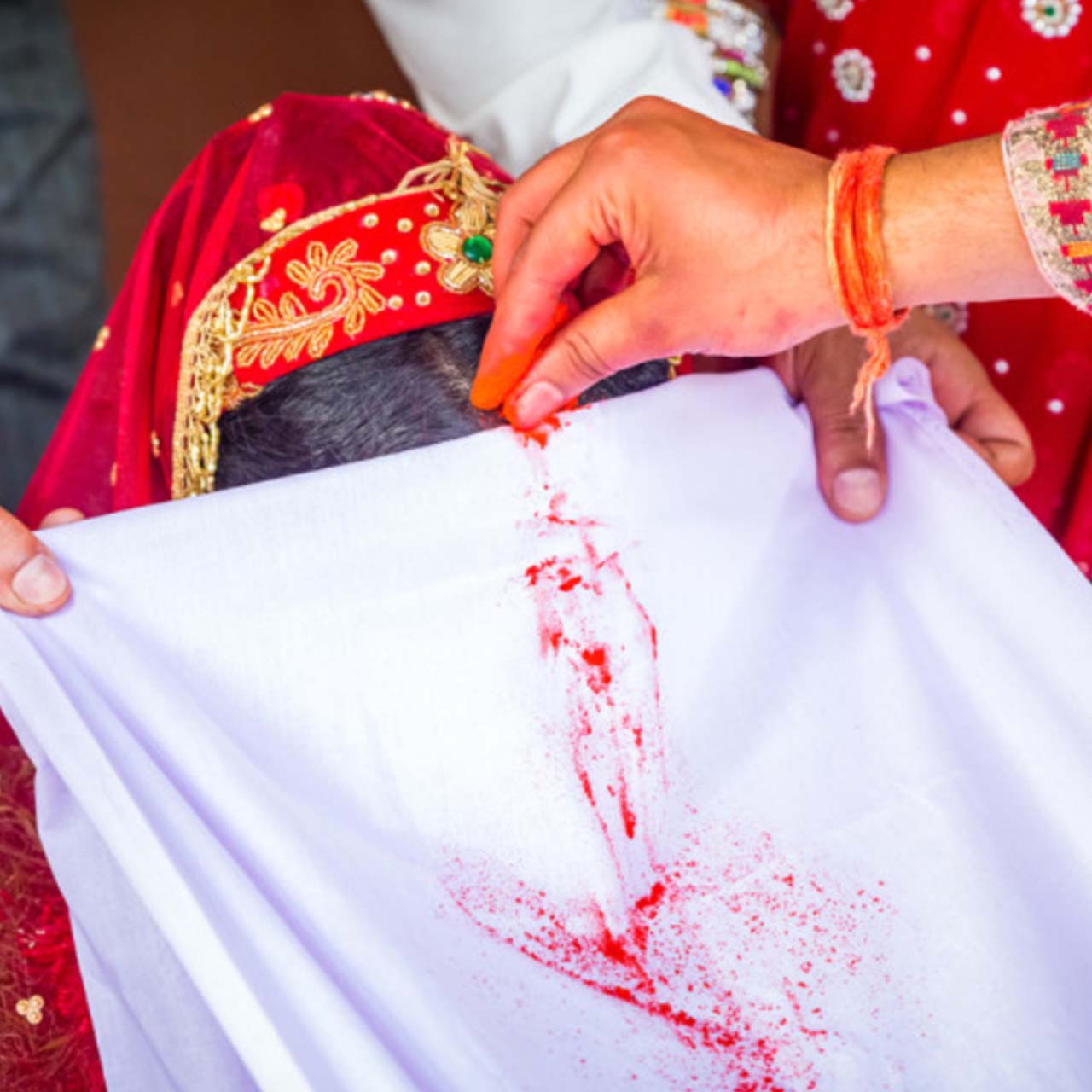
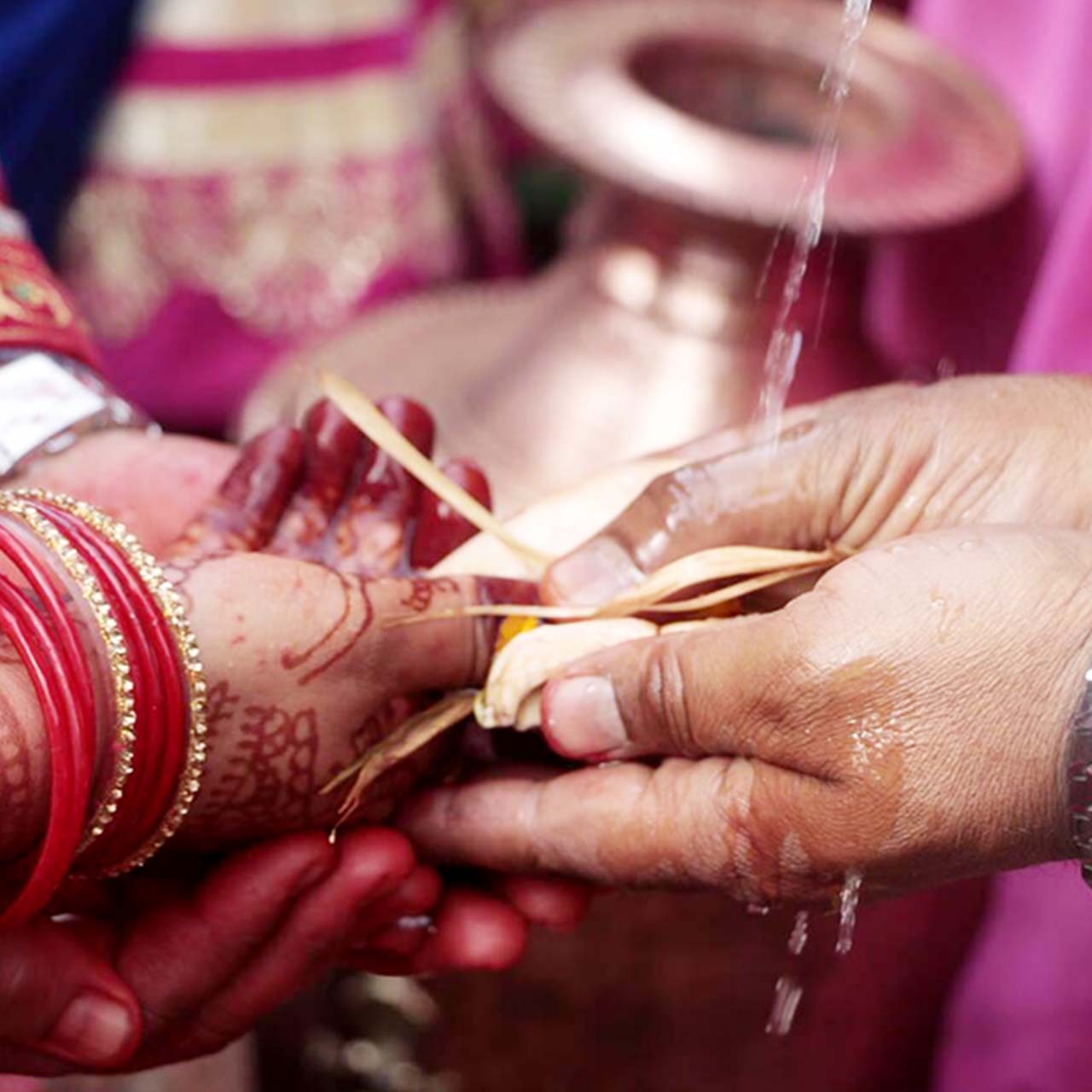
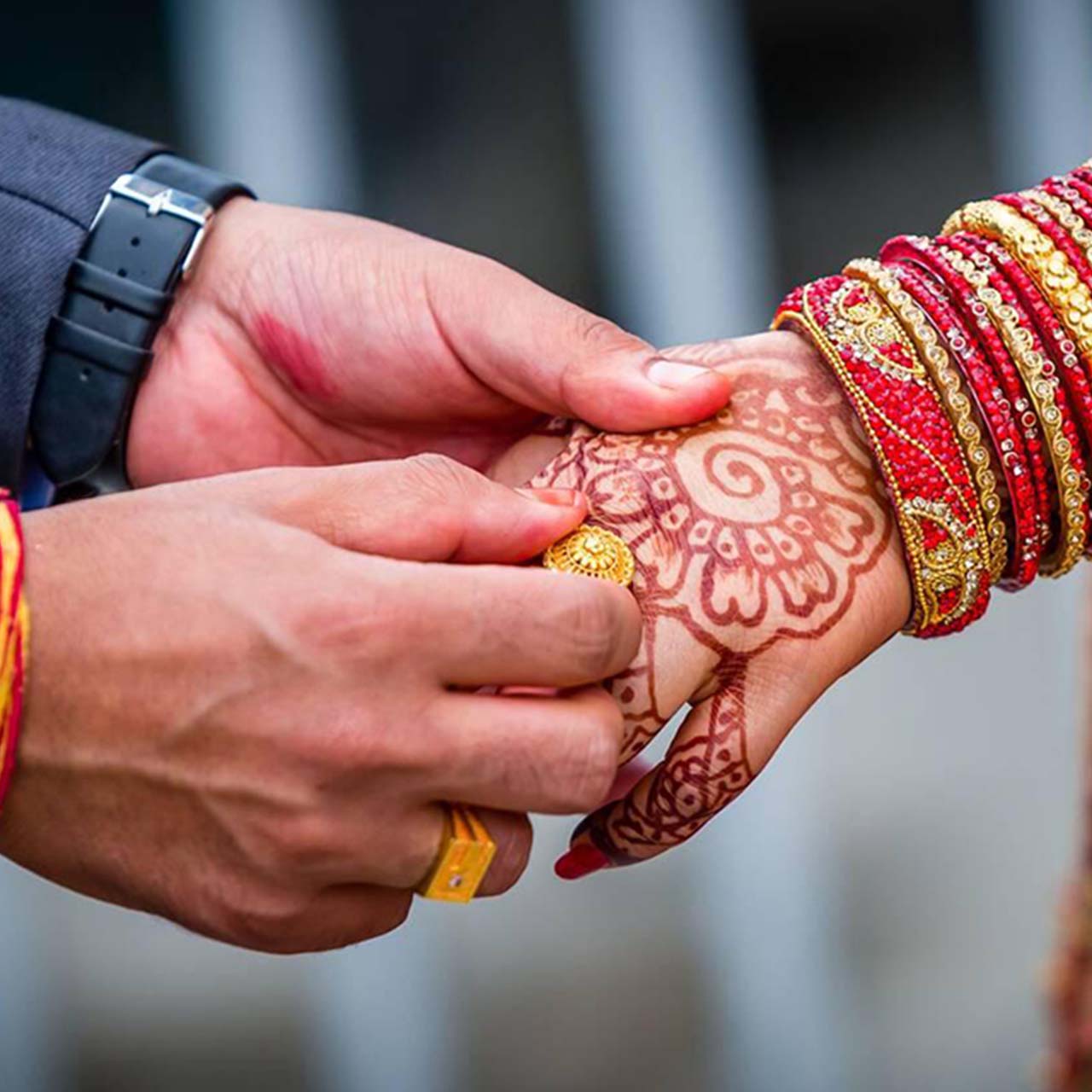
Regional Variations
While the core essence of the wedding ceremony remains consistent, regional practices add unique cultural flavors:
- In North India, the Baraat (groom’s procession) and elaborate pre-wedding festivities are integral to the celebration.
- In South India, the rituals emphasize the symbolic tying of the sacred knot and a graceful exchange of garlands accompanied by traditional music.
- In Nepal, wedding ceremonies often blend Hindu rites with local cultural customs, reflecting a rich tapestry of traditions.
Conclusion
The Hindu wedding ceremony is a timeless celebration that encapsulates the beauty of love, the sanctity of union, and the strength of community. Through its sacred rituals and traditions, it lays the foundation for a harmonious, prosperous, and spiritually enriched life for the couple, ensuring that their journey together is blessed by divine grace.
Email Address
info@pashupatinathfoundation.org
Phone Number
562- 864 -7600




